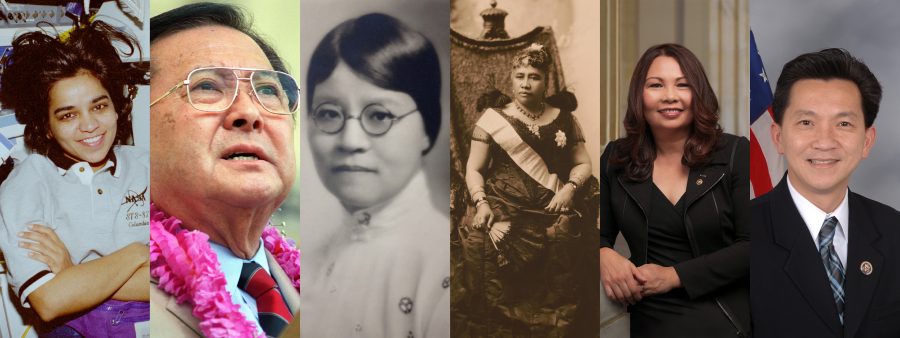
Each May, we honor Asian American, Native Hawaiian, and Pacific Islander Heritage Month, recognizing the rich mosaic of cultures, traditions, and valuable contributions from these diverse communities across the United States.
While the US Congress officially designated May as Asian/Pacific American Heritage Month in 1990, recent presidential proclamations specifically include Native Hawaiian and Pacific Islander populations. This commitment to representation underscores the incredible diversity contained within this vibrant group, which traces its roots to over 50 different countries and encompasses over 2,000 languages across Asia and the Pacific islands.
Building America, Brick by Brick
Asian Americans, Native Hawaiians, and Pacific Islanders have shaped the fabric of America since its earliest days. In the mid-1800s, with many Asians sought opportunities during the California Gold Rush. Chinese immigrants made up a significant portion of the workers that constructed the Transcontinental Railroad, overcoming treacherous terrain like the Sierra Nevada mountains. Japanese immigrants also arrived around the same time, working on railroads, farms, and canneries.
Discrimination and Resiliency
Despite their essential efforts, Asian immigrants faced tremendous discrimination and injustice. Laws like the Chinese Exclusion Act of 1882 and Immigration Act of 1924 restricted Chinese and then all Asian immigration, respectively. During World War II, the US government’s fears led to the unconstitutional internment of over 100,000 Japanese Americans in 10 camps nationally—something for which Congress officially apologized and provided reparations in 1988.
Similarly, other Asian American groups have persevered through their own unique challenges. South Asian immigrants faced targeted, intense violence like the 1907 Bellingham Riots which succeeded in driving the entire South Asian population out of the town. The Immigration Act of 1917 also banned many potential Indian immigrants from entering the country. Yet through determination, nearly one million Indian American engineers and scientists now strengthen our nation.
Notable Faces, Extraordinary Stories
In spite of a history of hardship, Asian Americans, Native Hawaiians, and Pacific Islanders have continually made remarkable contributions across all facets of society.

Kalpana Chawla
Kalpana Chawla was the first woman born in India to become an American astronaut. She achieved much in her short life, including degrees from Punjab Engineering College, the University of Texas, and a PhD in aerospace engineering from the University of Colorado. Tragically, she lost her life in the 2003 Space Shuttle Columbia disaster.
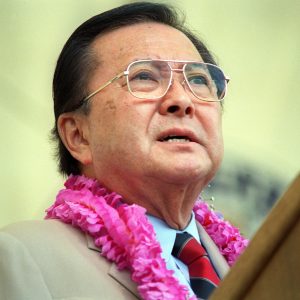
Daniel K. Inouye
Daniel K. Inouye was born in Hawaii and served in World War II, losing his right arm in combat. After the war, Inouye entered politics and became one of Hawaii’s first representatives in Congress when it became a state. He served in the Senate until his death in 2012 and was the first senator to receive both the Presidential Medal of Freedom and the Congressional Medal of Honor.
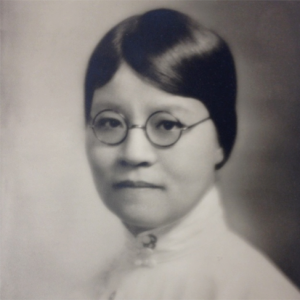
Yi-fang Wu
In 1928, Yi-fang Wu became one of the first Asian women to receive a PhD from the University of Michigan. She went on to become China’s first woman college president at Ginling College. Wu worked tirelessly to develop education, advocate for Chinese women’s rights, and even participated in drafting the United Nations charter.
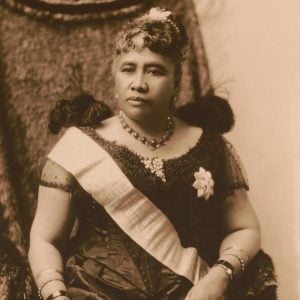
Queen Lili‘uokalani
Queen Lili‘uokalani was the last monarch of the Kingdom of Hawai‘i. She attempted constitutional reforms to restore full Hawaiian sovereignty but was overthrown by American businessmen and jailed. Once released, Lili’uokalani published her memoir documenting these events, Hawaii’s Story by Hawaii’s Queen, the only autobiography by a Hawaiian monarch.
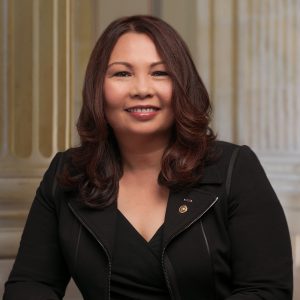
Tammy Duckworth
Tammy Duckworth, who lost both legs in the Iraq War, became the first Thai-born member of Congress when elected to the House in 2012. Moreover, she was also the first disabled woman and first Asian American from Illinois elected to Congress. In 2016, Duckworth was elected to the U.S. Senate.
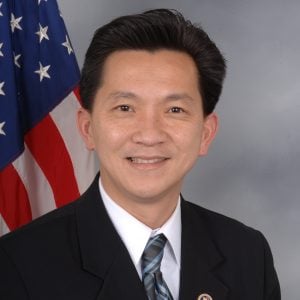
Ahn “Joseph” Cao
Joseph Cao and his family fled Vietnam as refugees after the war and settled in Houston. Eventually Cao earned degrees in physics, philosophy, and law. In 2008, he became the first Vietnamese American elected to Congress after a career working to help immigrants at Boat People SOS.
A Legacy of Resilience and Achievement
From diverse cultures, arts, cuisines, and achievements across industries, Asian Americans, Native Hawaiians, and Pacific Islanders profoundly enrich the fabric of our nation. During May, and throughout the year, take time to learn about and celebrate this incredible heritage within our community. Appreciating these experiences and stories makes us stronger and more vibrant.
Learn More
Online Events
- National Archives—Panel Discussion, Perspectives on History: AAPI Voices in the American Story
- Wednesday, May 1, 2024, 7:30–8:45 p.m. EDT (View live on YouTube)
- Smithsonian Institution—Virtual Tour | Art Across Asian Cultures
- Tuesdays and Thursdays in May, 1–2 p.m. EDT (Register for Free)
Further Reading
- Library of Congress—Asian Pacific American Heritage Month
- National Archives—Asian American, Native Hawaiian, and Pacific Islander Heritage Month
- Smithsonian Institution—Asian Pacific American Women